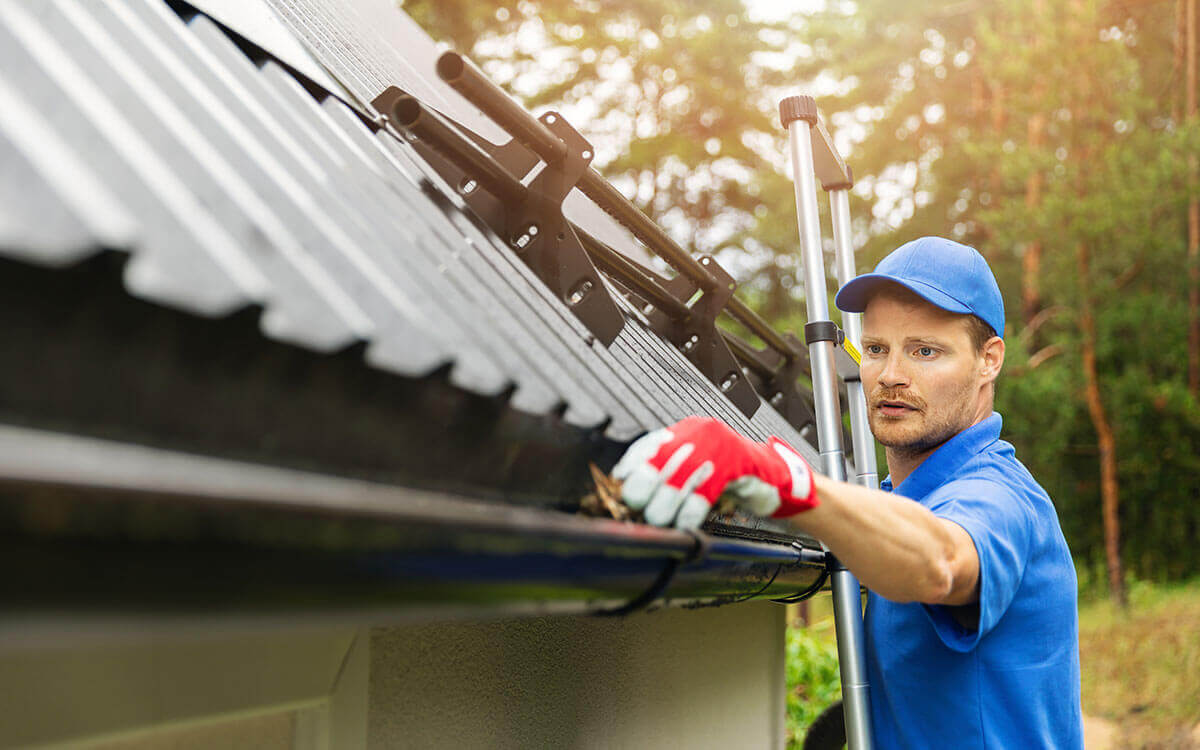Clean and put away your lawn mower
- Cleaning your lawn mower now means not having to do it before taking on the task of actually using it in the Spring;
- Use a fuel stabilizer in your lawn mower to prevent deterioration that can damage internal engine parts. You can add the stabilizer to your gas can to keep spare gas in good condition over the winter, or top off your mower tank before putting it away.
- Remember to run the mower for five minutes to ensure the stabilizer reaches the carburetor;
- Run your lawn mower dry before putting it away:
- When the mower is cool, remove the spark plug and pour a capful of engine oil into the spark plug hole;
- Pull the starter cord a couple of times to distribute the oil, which ensures an easy start come spring;
Turn the mower on its side and clean out accumulated grass and gunk.
Remove Garden Hoses From Faucets
- Leaving hoses attached to outside faucets can cause water to back up into the plumbing pipes just inside your exterior walls; That water could then freeze, expand, and crack the faucet or pipes, leading to expensive repairs;
- Turn off any shutoff valves on water supply lines that lead to outdoor faucets. This helps guard against minor leaks that may let water enter the faucet;
- Lastly, drain garden hoses and store them.
Seal Air Leaks to Save on Heating Costs
- Use exterior caulk to seal up cracks between trim and siding, around window and door frames, and where pipes and wires enter your house. This prevents moisture from getting inside your walls, and seals air leaks that waste energy.
- Pick a nicer day when temps are around 10 degrees so caulk flows easily.
Clean Your Gutters
- Clogged rain gutters can cause ice dams, which can lead to expensive repairs. After the leaves have fallen, clean your gutters to remove leaves, twigs, and other debris, while also avoiding bird nest construction. Make sure gutters aren’t sagging and trapping water; tighten gutter hangers and downspout brackets.
Check Your Furnace
- Schedule an appointment with a heating and cooling pro to get your heating system checked and tuned up for the coming heating season;
- Change your furnace filters: this is a job you should do every two months anyway, but if you haven’t, now’s the time.
Give Your Fireplace a Once-Over - To make sure your fireplace is safe, grab a flashlight and look up inside your fireplace flue to make sure the damper opens and closes properly;
- Open the damper and look up into the flue to make sure it’s free of birds’ nests, branches and leaves, or other obstructions. You should see daylight at the top of the chimney;
While you can take this measure on your own, it’s always good to consider a professional.
Scan Your Roof
- If you have a steep roof or a tall house, stay safe and use binoculars to inspect your roof from the ground;
- Look for warning signs: shingles that are buckled, cracked, or missing. Any loose, damaged, or missing shingles should be replaced immediately.

